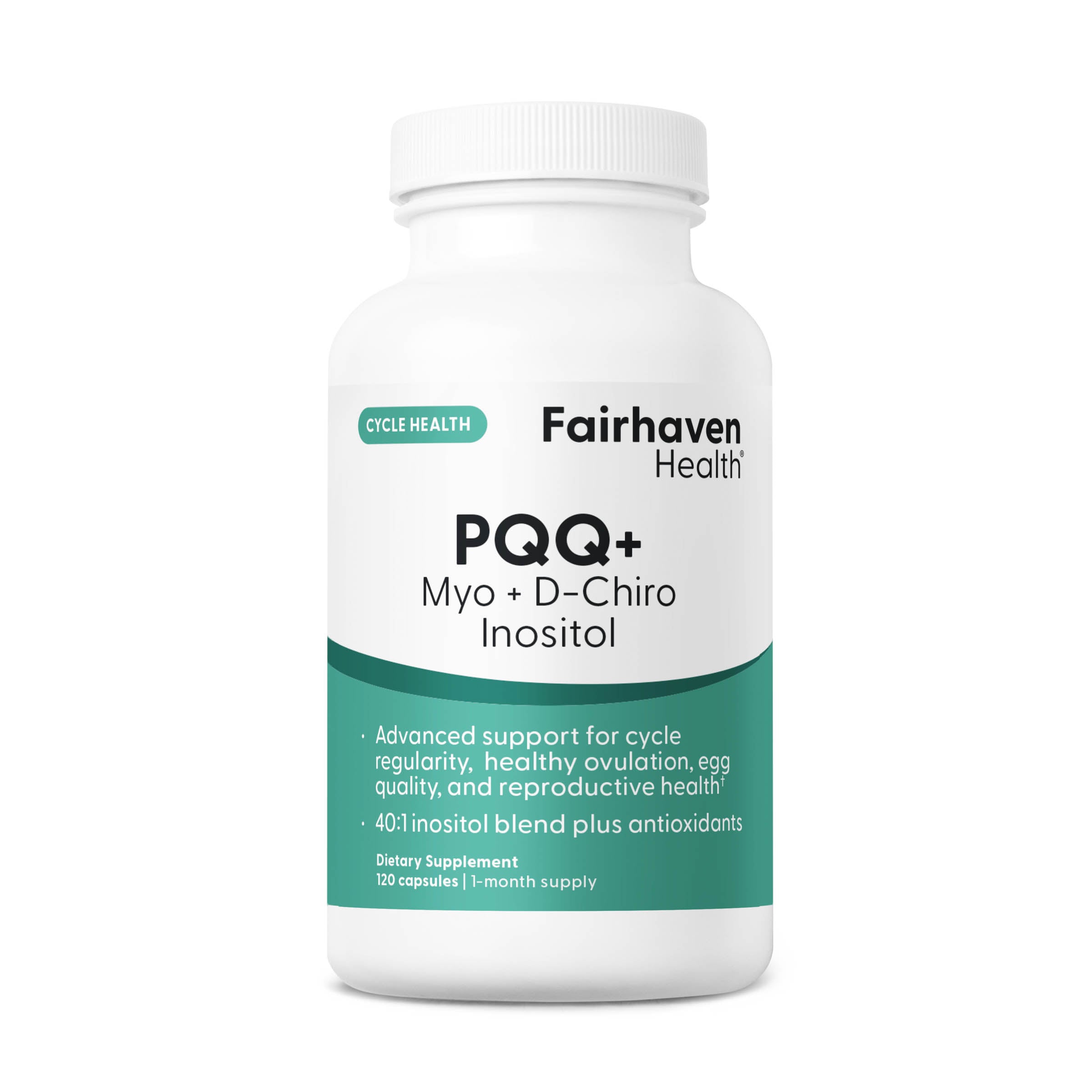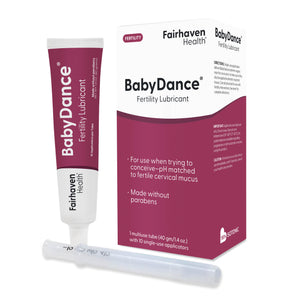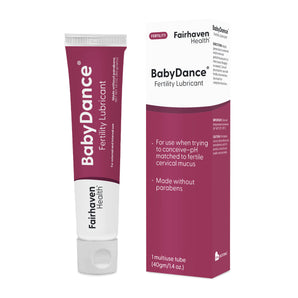Shettles Method: A Practical Guideline to Selecting Gender Using A Fertility Chart to Choose the Sex of Your Baby
See Also...
Part 1: Techniques of Gender Selection: Theories and Myths
Part 2: The Shettles Method: Timing Intercourse & Position
While the theory behind the Shettles method appears, prima fascia, fairly logical, there are still many medical professional who suggest there is no sure way to influence the gender of your child (short of very expensive procedures like sperm microsorting, which separates X-chromosome sperm from Y-chromosome sperm). Other researchers claim between a 75% and 90% success rate using the Shettles Method or a modified version of it based on timing sex to ovulation. To be sure, debates over the efficacy of gender selection methods still abound.
Most couples who are trying to conceive would be quite happy to get pregnant regardless of the sex of the child. Given this fact, please keep in mind that attempting to influence the sex of your baby through timing intercourse may increase the odds of your baby being one gender or the other; but by restricting intercourse to just certain dates, you may in fact decrease the overall odds of simply conceiving during any given cycle.
With this disclaimer in mind, let's look at practical approaches to implementing the Shettles Method. As suggested in Part 2 (The Shettles Method: Timing Intercourse & Position), timing intercourse to an accurately predicted ovulation date is the key to unlocking the Shettles strategy. In order know when to time sex for gender choice you must know when you ovulate each month. Moreover, cycle regularity is an important variable as well, so women with clockwork menstrual cycles will have a clear advantage in implementing the Shettles method. Cycle length by itself is not an issue; more important is that the length does not vary widely among discrete cycles.
Fortunately, the same basic tools used for fertility charting and ovulation prediction can be applied to the Shettles Method, including starting a bbt fertility chart and ovulation calendar, monitoring changes in cervical mucus, and availing yourself of various ovulation predictor tests - from saliva microscopes that detect your estrogen surge to urine ovulation tests that detect your lh surge to high-tech fertility monitors that focus on both of these hormones. Above all, using a bbt thermometer to check your basal temperatures is the key, as a bbt thermal shift will tell you when you ovulate each month. By keeping a daily ovulation calendar/bbt chart, you will be able to track trends in your monthly cycles and pinpoint future ovulation dates with reasonable accuracy. Today, a software product associated with the book "Taking Charge of Your Fertility" (Toni Weschler) can also help you in monitoring your cycle.
Let's take a practical approach to applying the Settles Method - using these tools above.
Timing and Frequency of Intercourse: Again, timing sex is the key to the Shettles method. To increase the odds of conceiving a girl baby, it is recommended to time intercourse daily from the end of your period up to 2 to 3 days before you anticipate ovulation to take place. This method favors the slower but larger and more resilient X-chromosome sperm (girls). X sperm will fair better than Y sperm in a more acidic vaginal environment when cervical mucus is not yet quite "fertile".
To conceive a boy, its recommended to time intercourse directly prior to and during ovulation. This means commencing with sex no earlier than 24 hours before ovulation. Having sex the day you ovulate is also crucial. The fast but less "durable" Y-chromosome sperm are favored when cervical mucus is fertile, like egg-white, and the vagina is less acidic.
Sexual Position and Orgasm are also variables in determining gender, according to Shettles. To conceive a girl, shallow penetration is advised (ala the missionary position) and the woman should not have an orgasm, as this can produce alkaline mucus that will favor boy sperm. To conceive a boy, orgasm is suggested, as are deep-penetration positions that deposit the sperm close to the cervix.
BBT Charting: Fertility charting with a basal thermometer will provide you with the date of your ovulation thermal shift. The day you ovulate, progesterone levels increase in your body, causing a marked jump in your resting (or basal) temperature. Usually, you will see this increase a day after you ovulate. Over a few unique cycles, you'll see patterns that indicate when ovulation typically takes place for you. If you are trying to have a girl, you'll know to begin timing sex during the period at least 2 to 3 days out from your moment of peak fertility. That's because "girl sperm" can survive longer than "boy sperm" - they are more robust and able to survive the more acidic vaginal conditions that exist antecedent to the presence of more "fertile cervical mucus" during ovulation. To have a boy, you need to time intercourse as close to ovulation as possible - with 24 hours and the day of.
Cervical Mucus: Cervical fluids play a unique role in reproductive success. During most of your cycle, you have acidic or hostile cervical mucus (or very little mucus at all), which protects the vagina, but is very inimical to sperm health. However, during your time of peak fertility, cervical fluids increase and become "fertile", providing a more alkaline, sperm-friendly medium in which sperm can thrive & swim. (Products like FertileCM can be used to help increase the quality and quantity of cervical mucus produced.) Y-chromosome sperm need cervical mucus more than the more robust X-chromosome sperm. During ovulation, cervical mucus is abundant and like raw egg-white. It's stretchy, thin, watery, and translucent. To time intercourse to have a girl, you need to have sex before experiencing this quality of fertile cervical mucus. In other words, the presence of "transitional cervical mucus" indicates the period to time intercourse for having a girl baby. To have a boy, wait until you experience fertile, egg-white cervical mucus and then begin having sex. To read more about cervical mucus, click here.
Ovulation Predictor Kits and Fertility Monitors: Dr. Shettles also recommends using ovulation tests - though saliva microscopes and monitors are equally excellent for tracking fertility. For Lh urine tests, it is advised to test twice daily as you need to detect the earliest moment of your LH surge. Test in the late morning or early afternoon, and then again in the evening. The presence of the positive ovulation test indicates that you will likely ovulate within 12 to 36 hours. Hence, if you want a boy, you need to abstain from intercourse until you verify that ovulation is imminent with a positive result on your ovulation predictor kit. If you are using a saliva ovulation microscope, "transitional" ferning patterns will indicate the best time to favor X-chromosome sperm, though you'll need to wait for strong "positive" ferning patterns to favor Y-chromosome sperm.







